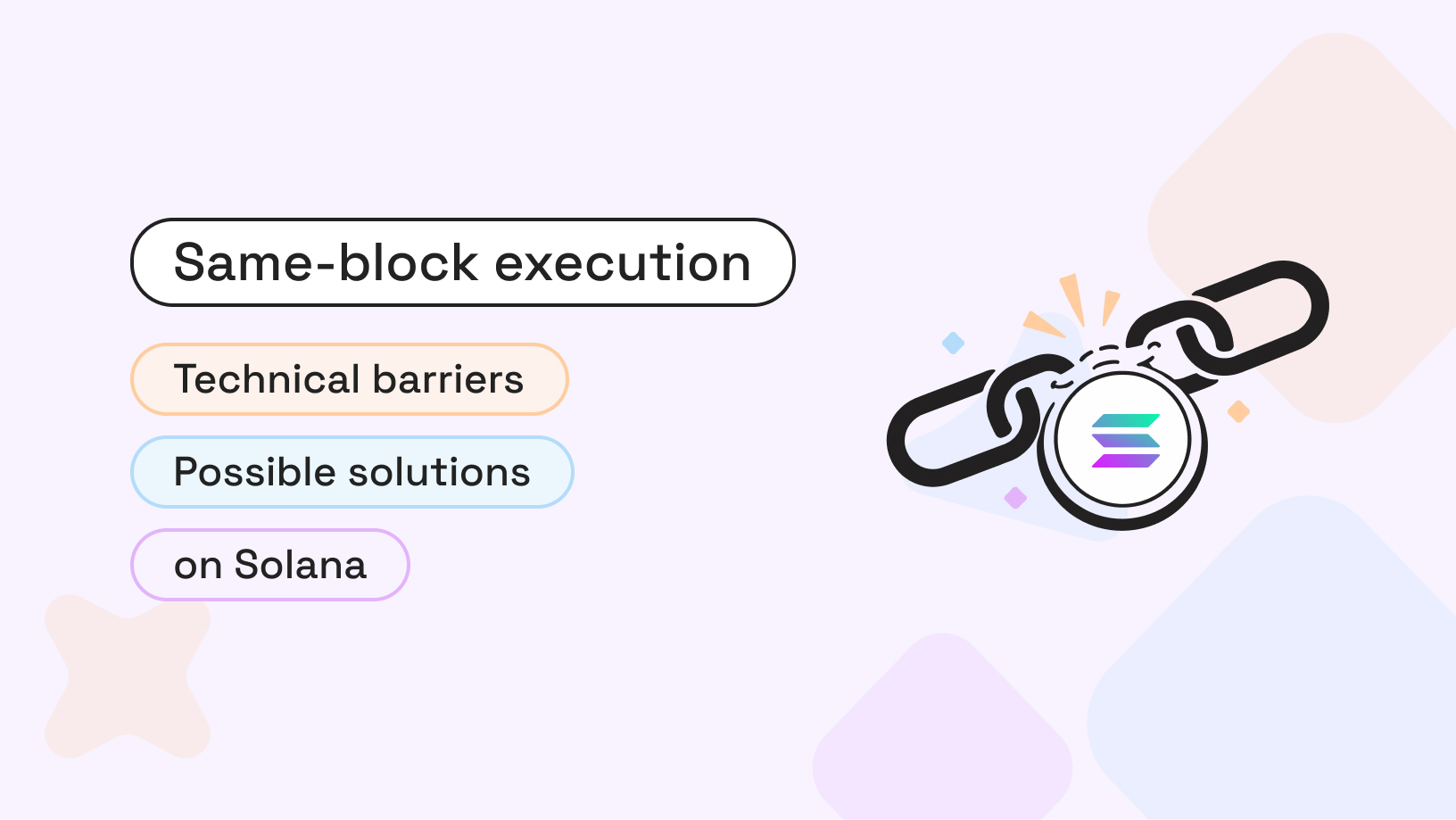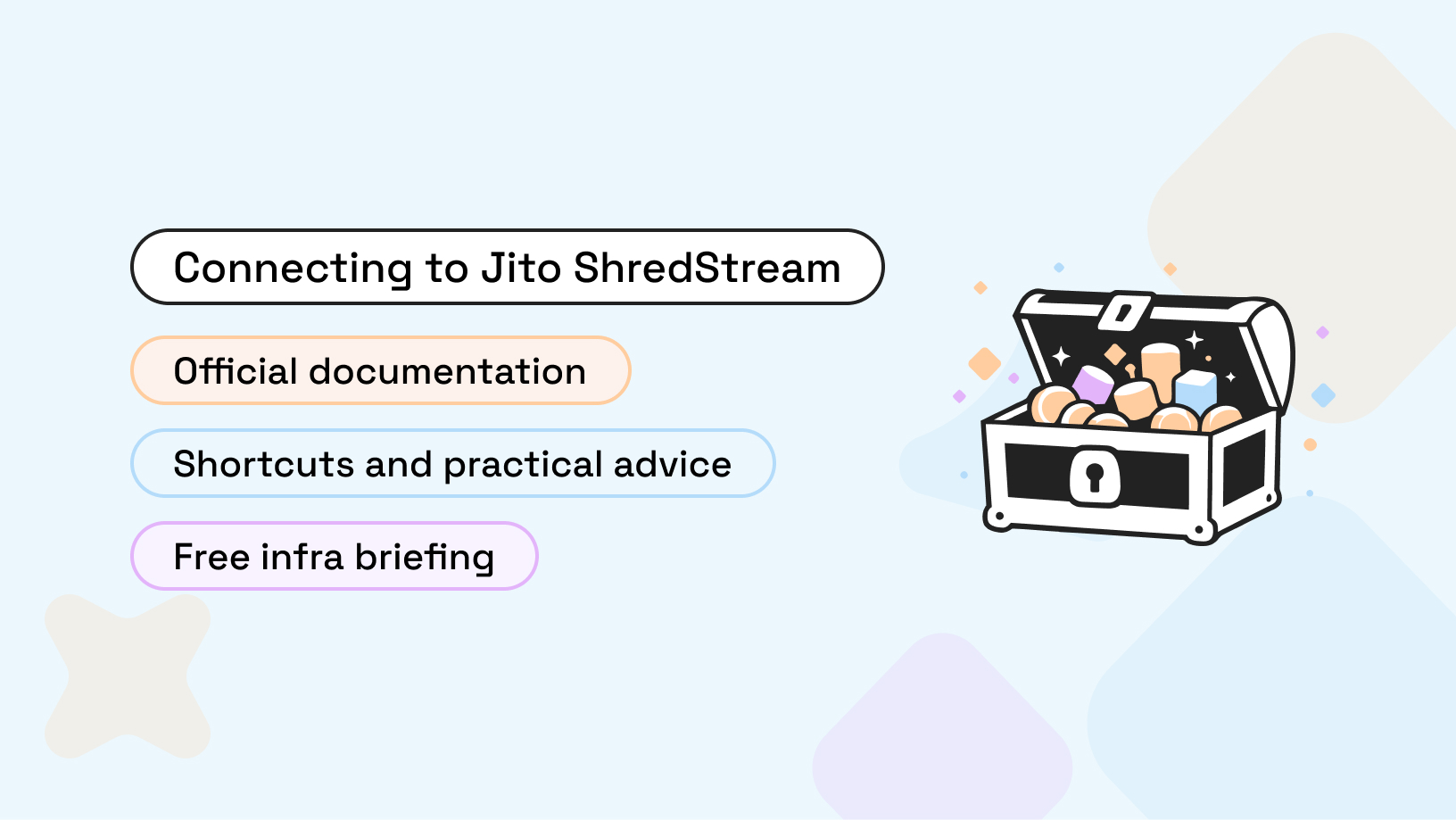
The API universe is evolving and simple interfaces like REST (REpresentational State Transfer) or RPC (Remote Procedure Call) appeared. Each has advantages: RPC is quite fast, and REST is quite popular, even though not so productive, without batch requests. JSON-RPC is the more convenient and efficient protocol that will be most suitable for almost any project. For example, developers choose this protocol for web platforms based on a microservice approach.
Being powerful and highly extensible, JSON-RPC ensures batch requests so that you can chain multiple AJAX requests together and give them to the major server as a common array of requests. To inquire more about the profits of this protocol, you should comprehend its essence in more detail.
Definition of JSON-RPC
JSON-RPC is a relatively free protocol, that’s highly adaptable to any specific architecture, as well as the personal habits and preferences of the user. To reply “what is JSON-RPC,” it's best to dig deeper. JSON was created in 2000 as a simplified version of messaging that is ideal for the operative transfer of information. This peculiarity makes this JavaScript element so popular.
JSON-RPC is a regenerated legacy of JSON and element appealing for outlying procedure calls (RPC). It triggers the operating processes for certain applications. The protocol is quite new, but the scope of application is rapidly growing. Many developers willingly use it although its scripts and command sets are quite restrained. For many users, this limitation is more advantageous than REST. They can apply two protocol options: JSON-RPC (variant 1.0) and JSON-RPC (2.0).
Their main features, compared:
- The development of solutions is based on Ethereum.
- Sockets and NTTP can be used for communication because the protocol is transport-unacquainted in version 1.0 (it appeared only in 2.0).
- Processing is fairly fast, and the protocol is simple in design. It is useful for initiating the transfer of information in ETH nodes.
- There is no explanation for error messages and parameter names (equal communication in version 1.0.). Named parameters appeared in version 2.0.
These features show how convenient the protocol is for various possibilities in the field of development. It alludes to transmitting client requests (convention software) in expanded form to a consolidated path from a remote system.
How to Apply JSON RPC?
Virtual transfers based on this protocol are unified using JSON. A detailed "what is JSON-RPC" comprehension shows the main advantages of this protocol, even against the background of other types. Experts refer to the JSON-RPC request as a remote method call.
It has three components:
- Method. It cites a string you induce the method, and that string will be submitted. A kit of "RPC" names is reserved and can’t be used casually.
- Parameters. It might be “Array”/“Object” that consists of a parameter definition (you should transfer it). It is valid to remember that all these parameters are not summoned in every call.
- ID—is a line number (not a fraction). It is necessary to endorse requests/responses equality. Without a response, the identifier is automatically deleted. On this occasion, the user should return to the confirmed response for every received request. It includes three components:
- The central part of the answer that is important to us is the conclusion. It comprises the data returned from the called way. The consequence is named JSON-stat. If the system detects an error, then there is no result.
- The second unit is the error. It occurs when the operation of invocation fails. The most important details of this item are the message and codes.
- The third constituent point is a response ID. You receive a notification if the situation does not ask for a response (it’s a request option, but without ID). In version 1.0, this is a zero identifier; version 2.0 has no identifier at all.

Advantages of JSON-RPC
If a developer has a JS project and needs to execute his API, then JSON-RPC might be an excellent decision. Such a resourceful protocol is quite popular and provides users with many benefits:
- Improved transfer format. This protocol is convenient to transfer because it supports various platforms. It also separates the requested info from the transfer operation in use. If query errors or warnings occur, they are offered as helpful query info.
- Fast development time. All resources here are pretty simple, reducing their availability and application development time. It will also reduce the time to market the product. If your project is short on time, this protocol will be relevant.
- Simple handling. The protocol is simplified for managing and understanding, especially compared to REST. You will not get confused; there are no complex sets or commands. Users can use it with both advanced and basic knowledge. The general string is very compact; you might work up data with keywords or defined named phrases.
- Improved information exchange. The protocol handles multiple remote procedure calls consisting of a large amount of information, but it is guaranteed to be prompt and trustworthy. JSON-RPC doesn’t await reactions from “client” & “server”; it will deliver any request to its purpose. The software elements can be complicated due to communication, but the protocol will always give you resultative communication.
- Enhanced API efficiency. Create APIs that are protocol independent in an expanded format. The performance will be high because HTTP is changed to TSPs, reducing your overhead.
- Explained results. In JSON-RPC protocol, the result of queries needs no explanation. They are simple and understandable. It's easier for users to appreciate the HTTP body, transfer parameters, or create batch requests.
The opinions of web developers have been significantly divided. Large corporations prefer more advanced protocols. Smaller companies cope with JSON-RPC capabilities. Developers prefer it because it's simple, fast, secure, and gives high performance even with limited features.
JSON-RPC vs. gRPC
Having studied the features of JSON-RPC, it is important to know what gRPC is. It is an open-source RPC framework that functions in any environment (more about that in the GitHub repository). Its main functions are the efficient connection of various systems in information processing centers. The infrastructure maintains load balancing and checks the health of circuits and links. This tool combines independent projects: Protobuf (a separate library) and HTTP2 support service. gRPC uses HTTP2 with any payload as the transport protocol.
Contrariwise, JSON-RPC is a simplified procedure call protocol of remote type with limited capabilities (a certain number of commands and info types). The gRPC has gained wider acceptance; for example, the Policygenius company prefers it. On the other hand, TelebidPro corporation works with JSON-RPC because it doesn't need more advanced operations.
JSON-RPC vs. REST
Many developers find it difficult to choose something specific among various API resources. After exploring the varied protocol utilities, JSON-RPC became the optimal solution for beginners with limited resources. It's convenient and straightforward, with excellent deployment ability when matched with REST. Diverse online-transfer protocols will not provide this capability. With JSON-RPC facilities, no distributed ledger systems are needed. REST has a certain number of verbs, and developers have difficulty performing operations because their number is limited. REST is also quite time-consuming, especially if the user should explain the HTTP methods in detail. Only CRUD functions are possible here, so many users choose JSON-RPC.
The developers noted that the deal is not constantly profitable when using JSON-RPC (due to communication problems). Clients must have a close relationship with the fulfillment of operations, and changing them often creates complexity. If the user starts to make changes to the implementation of the service, then the clients can break. Both protocols have advantages and disadvantages; the choice is essential here based on users' specific requirements. If you need a high-performance calculation, it is better to apply JSON-RPC. Users noted that in actual development, this protocol was relatively smooth when interacting with the user interface and writing documents.
Ethereum JSON-RPC
For a better understanding of the Ethereum JSON-RPC operating and the deployment of Web3 JSON-RPC, newcomers study all the details. It is the difficulty of understanding smart contracts and interpellations. Also, a quandary is in the definition of calls, routes, and blockchain nodes. After studying the evolution points in Ethereum and Web3, users recognize how this protocol interacts with smart contracts and EVM. The decisive aspect is fitting a blockchain node necessary for entering Ethereum and performing smart contracts.
Customize JSON-RPC characteristics with a foolproof programming language. Verify each client's documents for the freshly API maintenance data (read more here). The protocol will not depend on the transport; all concepts are applied in one specific process (via HTTP or, for example, sockets). For the data form, you could take JSON (RFC 4627).
Interaction with ETH Nodes
For cooperation with Ethereum, the software must tie to nodes. The interaction process here is defined as researching info or transmitting transactions to the ETH ecosystem. The developer should know that the JSON-RPC protocol supports notifications, remote procedures, and also requests.

For interaction, you should estimate—Client in Ethereum is the realization of deals in blocks, the safety of the entire net, and the high accuracy of all information. An ETH node is a software components item where there are different programming languages. There are three chain nodes: archive, light, and full, and you can address them using different languages.
JSON-RPC Functionality with RPC Fast
JSON-RPC is a valuable part of RPC Fast, a tool already integrated into the system. With RPC Fast, a user can get access to one of the blockchains: Polygon, Ethereum, or BNB Chain. The connection method is the same; just select the required type of blockchain:
- Click Try now anywhere on the website.
- You will see an admin panel with the offered options. They are needed to combine your application with our Polygon, Ethereum, or BSC infrastructure.
- Apply needed details to join the free tariff. If you are satisfied with the conditions, you can upgrade to a paid option that will give you more options. But users can stay in the free version if these features are enough for your project to function.



















.svg)
.svg)
.svg)

